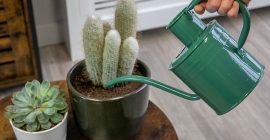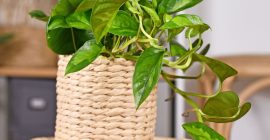Among the various aspects of plant care, watering is perhaps the most crucial. Providing the right amount of water at the right time can make a significant difference in the health and longevity of your indoor plants. Here’s a comprehensive guide to help you master the art of watering your houseplants:
Understand Your Plants’ Needs
Different plants have different watering requirements. Before anything else, familiarize yourself with the specific needs of each of your houseplants. Some plants prefer moist soil, while others thrive in drier conditions.
Check Soil Moisture
Rather than adhering to a strict watering schedule, it’s best to monitor the moisture level of the soil. Use a Westland Watering Indicator to help. Simply place in the soil of your houseplant; if the indicator turns red it’s time to water! If it’s blue, your houseplant is happy as it is.
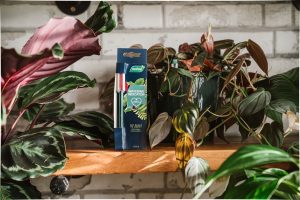
Use the Right Watering Technique
When watering your houseplants, it’s essential to do so properly. Avoid drenching the foliage, as this can promote the growth of mold and mildew. Instead, water directly into the soil until it begins to drain out of the bottom of the pot. This ensures that the roots receive adequate moisture without risking waterlogging.
Kent & Stowe’s Indoor Watering Cans are designed with a long-stem spout for easy targeted watering. They come in a variety of colours, adding a touch of style to your home.
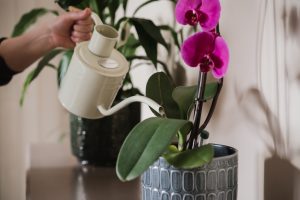
Seasonal Change
Plants’ watering needs can vary depending on the season. During the warmer months when plants are actively growing, they may require more frequent watering. Conversely, in the winter when growth slows down, plants typically need less water. Pay attention to environmental factors such as temperature and humidity and adjust accordingly.
Beware of Overwatering
Overwatering is one of the most common mistakes made by indoor gardeners. Too much water can lead to root rot and other fungal diseases. If you notice yellowing leaves, wilting, or a foul odor emanating from the soil, these could be signs of overwatering. Allow the soil to dry out between waterings and adjust your watering frequency accordingly.
If you are noticing root rot you need to repot your plant! Cut off any rotted roots and clean your pot. Use Westland Houseplant Potting Mix to carefully repot your plant. Water well!
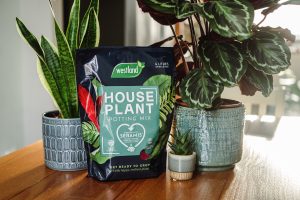
Implement Proper Drainage
Good drainage is crucial for preventing waterlogged soil. Make sure your pots have drainage holes at the bottom to allow excess water to escape. Westland Hydroleca Clay Granules are ceramic clay granules that absorb and release water. Add a layer of this to the bottom of your plant pot as a drainage layer.
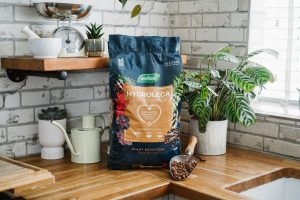
Observe and Learn
Finally, the most important aspect of managing watering for your houseplants is to observe and learn from your plants. Pay attention to how they respond to different practices and adjust accordingly. Over time, you’ll develop a deeper understanding of your plants’ needs and become a more confident and successful indoor gardener.
By understanding your plants’ needs, practicing proper watering techniques, and adapting to seasonal changes, you can ensure that your indoor jungle thrives for years to come.


